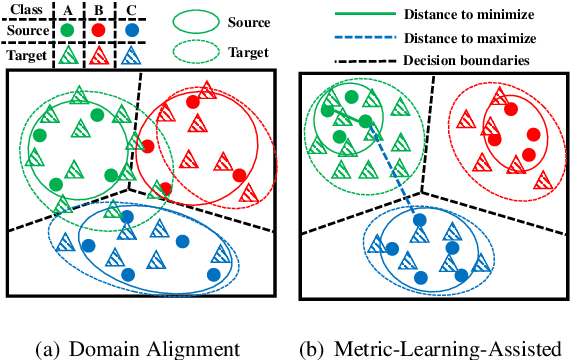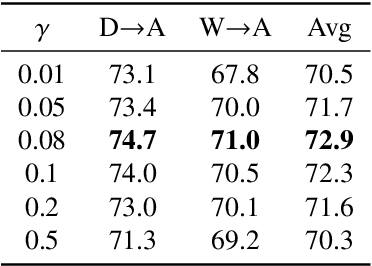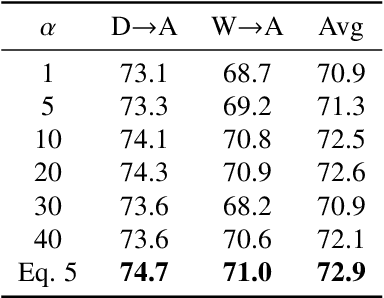Metric-Learning-Assisted Domain Adaptation
Paper and Code
Apr 25, 2020



Domain alignment (DA) has been widely used in unsupervised domain adaptation. Many existing DA methods assume that a low source risk, together with the alignment of distributions of source and target, means a low target risk. In this paper, we show that this does not always hold. We thus propose a novel metric-learning-assisted domain adaptation (MLA-DA) method, which employs a novel triplet loss for helping better feature alignment. Experimental results show that the use of proposed triplet loss can achieve clearly better results. We also demonstrate the performance improvement of MLA-DA on all four standard benchmarks compared with the state-of-the-art unsupervised domain adaptation methods. Furthermore, MLA-DA shows stable performance in robust experiments.
 Add to Chrome
Add to Chrome Add to Firefox
Add to Firefox Add to Edge
Add to Edge